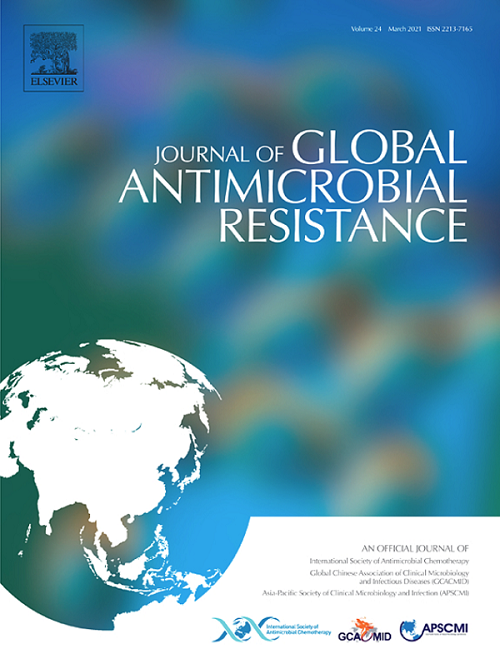Towards an interpretable machine learning model for predicting antimicrobial resistance
IF 3.2
3区 医学
Q2 INFECTIOUS DISEASES
引用次数: 0
Abstract
This article explores the main stages of developing an interpretable machine learning (ML) model for predicting antimicrobial resistance (AMR), highlighting the importance of model interpretability in enhancing the prediction performance. By integrating phenotype-genotype synergy, our goal is to better understand AMR mechanisms. Such an approach combines ML with biological insights, offering a pathway towards more reliable AMR predictions and advancing the discovery of effective treatments against resistant pathogens. The challenges and opportunities related to incorporating this synergy into an ML model are discussed.
迈向预测抗菌素耐药性的可解释机器学习模型。
本文探讨了开发用于预测抗菌素耐药性(AMR)的可解释机器学习(ML)模型的主要阶段,强调了模型可解释性在提高预测性能方面的重要性。通过整合表型-基因型协同作用,我们的目标是更好地了解抗菌素耐药性机制。这种方法将机器学习与生物学见解相结合,为更可靠的AMR预测提供了一条途径,并推动了对耐药病原体的有效治疗的发现。讨论了将这种协同作用纳入ML模型的挑战和机遇。
本文章由计算机程序翻译,如有差异,请以英文原文为准。
求助全文
约1分钟内获得全文
求助全文
来源期刊

Journal of global antimicrobial resistance
INFECTIOUS DISEASES-PHARMACOLOGY & PHARMACY
CiteScore
8.70
自引率
2.20%
发文量
285
审稿时长
34 weeks
期刊介绍:
The Journal of Global Antimicrobial Resistance (JGAR) is a quarterly online journal run by an international Editorial Board that focuses on the global spread of antibiotic-resistant microbes.
JGAR is a dedicated journal for all professionals working in research, health care, the environment and animal infection control, aiming to track the resistance threat worldwide and provides a single voice devoted to antimicrobial resistance (AMR).
Featuring peer-reviewed and up to date research articles, reviews, short notes and hot topics JGAR covers the key topics related to antibacterial, antiviral, antifungal and antiparasitic resistance.
 求助内容:
求助内容: 应助结果提醒方式:
应助结果提醒方式:


